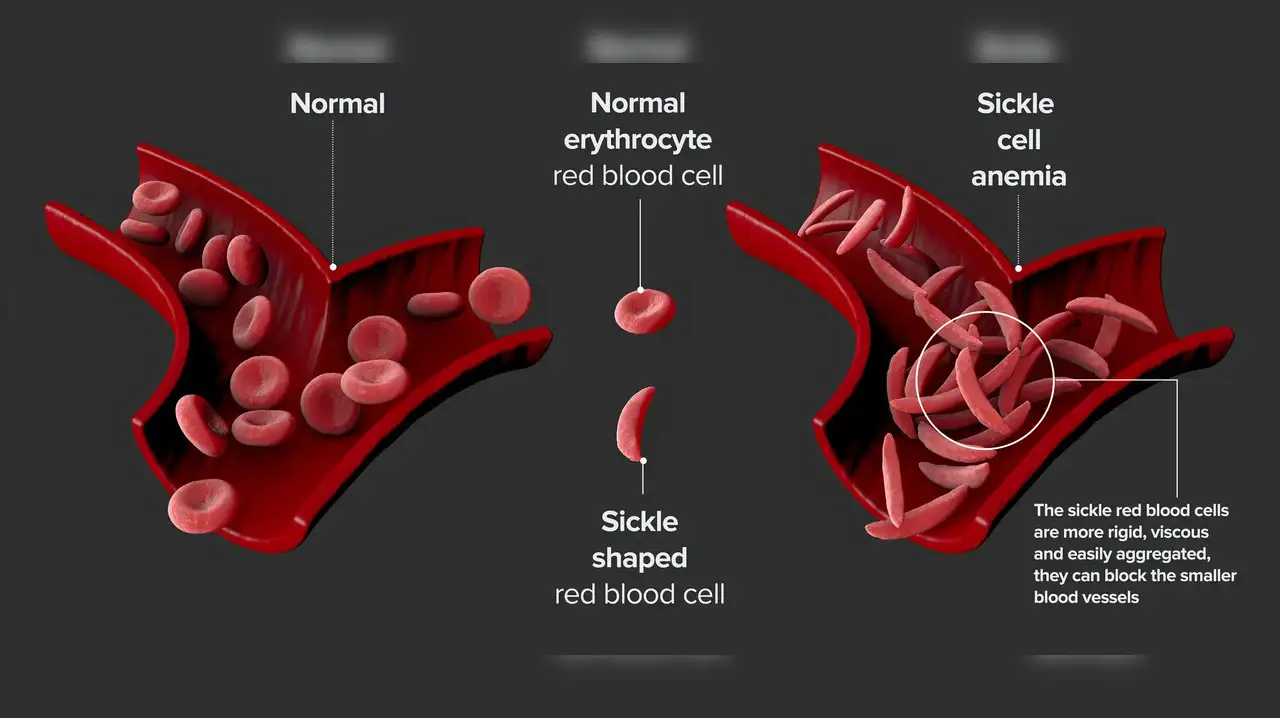Sickle Cell Disease (SCD) is more than just a blood disorder; it is a lifelong condition that can severely affect a child’s health and quality of life if not recognised and treated in time. But with growing awareness and medical advancements, managing this inherited condition has become increasingly possible, even promising.
What is SCD?
SCD causes red blood cells to lose their normal shape and flexibility. In children, this can result in severe health complications, but with knowledge and prompt care, many of these can be avoided. A hallmark of SCD is pain episodes, clinically known as pain crises. "These happen when the sickle-shaped cells clog blood flow, often in the arms, legs, chest or abdomen," explains Dr. Ashish Dixit, Haemato Oncology, Manipal Hospital, Bengaluru.
The pain can be sudden and intense and may last for days. Triggers include dehydration, cold weather, infections, or even emotional stress. He urges parents to seek immediate medical attention if a child experiences pain without an obvious reason—especially if accompanied by fever, fatigue, or breathing difficulties.
Dr. Raghuram C P, Haematology, Aster Whitefield Hospital, Bengaluru, echoes the importance of early recognition. “Symptoms typically appear after six months of age and may include tiredness, jaundice, swelling of the hands and feet, frequent infections, and pain crises,” he says. “Lack of awareness, particularly in high-risk areas such as central India and tribal populations, remains a major concern.”
Both experts stress the need for early screening and diagnosis.
Dr. Raghuram says newborn screening or testing should be based on family history. “If diagnosed early, children can lead healthy lives with proper care,” he adds.
Treatment today goes far beyond basic management. “New therapies are significantly improving outcomes,” says Dr. Dixit. He points to medications like hydroxyurea, which reduces pain episodes and hospitalisations by boosting healthy foetal haemoglobin. “Other drugs like voxelotor and crizanlizumab enhance oxygen delivery and reduce inflammation in blood vessels. While these treatments are slowly becoming available in India, they hold great promise.”
Dr. Raghuram adds that management also includes folic acid supplementation, pain relief, antibiotics to prevent infections, and vaccination. “Hydration is vital too,” she says. “In severe cases, a bone marrow transplant may even offer a cure.”
For families with a known history of SCD, Dr. Dixit recommends prenatal testing by identifying the familial mutation during early pregnancy. Carrier screening in high-prevalence areas is also vital to enable informed reproductive decisions.
Both experts agree on the power of awareness and consistent care. “Stay alert to warning signs, ensure regular check-ups, and don’t underestimate the value of early intervention,” says Dr. Raghuram. With timely diagnosis, proper management, and parental vigilance, children with SCD can go on to live active, fulfilling lives.
